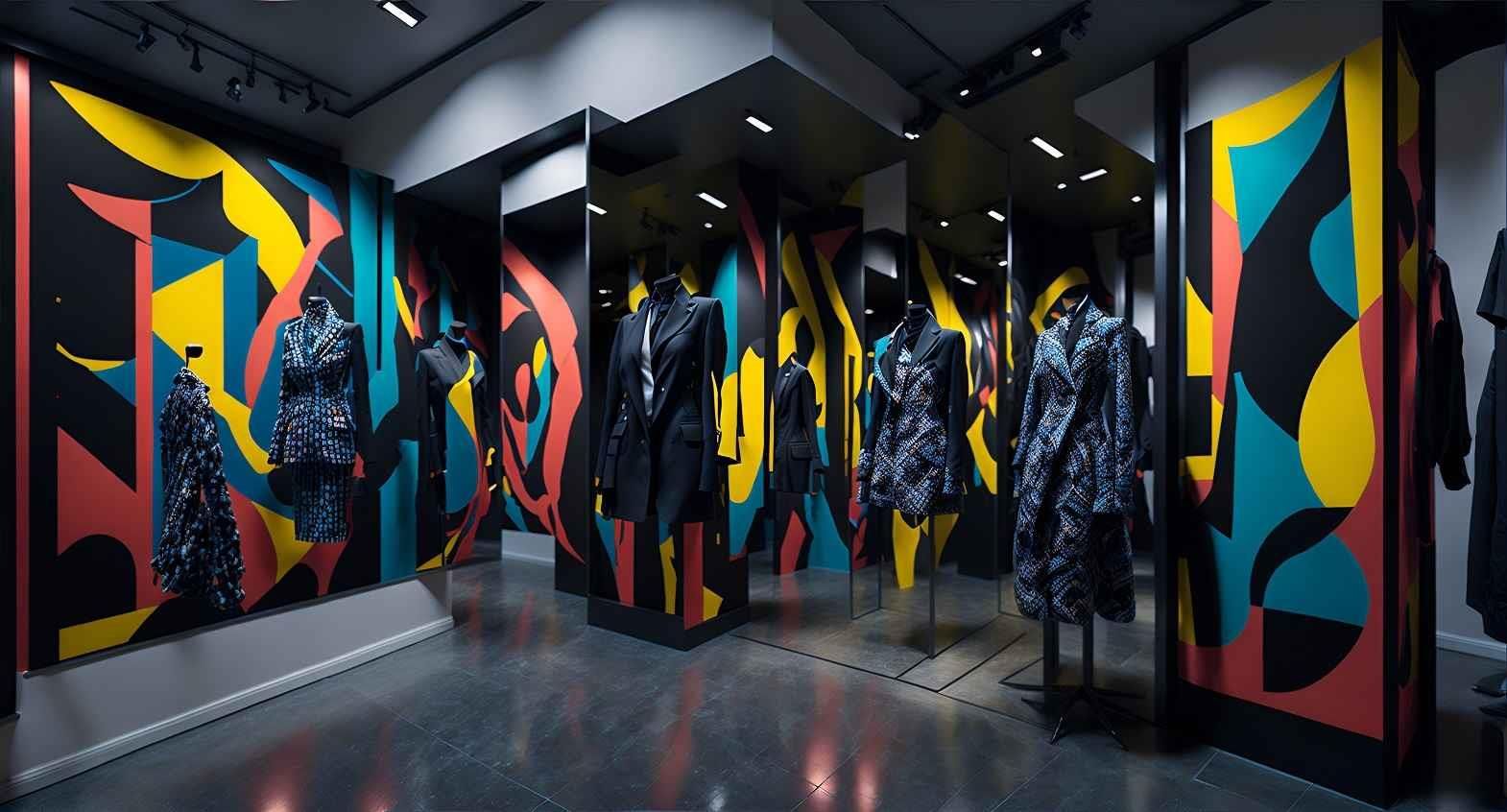The tumultuous journey of the fashion industry in 2023 has unveiled a landscape fraught with challenges – climate disasters, economic uncertainties, geopolitical unrest, high inflation and tough monetary policies have collectively disrupted the fashion supply chain and subdued customer confidence. The repercussions have been profound – leading to a revaluation of strategies and a clarion call for unified action between manufacturers and brands that has never before, been quite so loud.
The Imperative for Collaboration and Resilient Partnerships
According to the McKinsey Sate of Fashion Report 20241, the unprecedented upheavals during the last year have certainly underscored the pressing need for greater collaborative efforts. The bullwhip effect evidenced in 2023 magnified significant demand fluctuations which led to reduced production capacities, factory closures and layoffs. However, whilst this potentially necessary adaptive measure might have helped to keep businesses afloat, it also poses a potential challenge in the year ahead as manufacturers will need to potentially scale up quickly to meet a predicted resurge in demand later this year.
To cope with fluctuating demands better, the McKinsey report suggests that brands could greatly help make their supply chains – especially preferred suppliers – become more resilient to future risk by actively encouraging more transparency and communication, pursuing longer term contracts to improve cashflow and investing in digital technologies to facilitate reciprocal joint demand forecasting practices. In fact, according to another recent McKinsey survey, 70 per cent of chief procurement officers believe that improving demand transparency with suppliers through systems and processes will be a critical component to successfully navigating market turmoil in the future.
I expect there will be increased interest from both retailers and manufacturers alike in aligning new robust technologies that enable real-time demand forecasting and efficient capacity planning processes in the bid to mitigate risk so they can better navigate any potential future disruptions.
Generative AI – Beyond Creativity
The advent of Generative AI undoubtedly stands as a transformative force poised to revolutionise the industry. Indeed, according to McKinsey’s latest report, it is perhaps not surprising that 73 per cent of its fashion executive survey respondents said that generative AI will be a priority for their businesses in 2024 – especially with regards creative projects, such as product design. Nonetheless, with a myriad of challenges ahead and a greater need for data transparency and data sharing between all fashion players, I expect it won’t be long before we see the widespread adoption of Generative AI across many other operational aspects of the value chain. Its integration will consequently extend beyond design to facilitate greater collaboration and transparency, optimise sustainability drives, facilitate more efficient resource allocation and successfully evidence compliance requirements, in the years to come.
Regulatory Compliance as a Competitive Edge
The fashion industry stands at the brink of unprecedented transformation as a slew of new EU and US regulations are set to overhaul the whole global fashion supply chain, by mandating stringent compliance measures that demand greater visibility around the industry’s emission reduction, garment worker rights, supply chain responsibility and product circularity.
Poised to profoundly reshape the fashion industry’s supply chain, these new regulations will undoubtedly necessitate increased digital transformation and much greater collaboration between brands and manufacturers, like never before, as the industry tries to align the best technologies and processes to hit all new global compliance requirements as seamlessly as possible.
Stricter regulations do not necessarily need to be regarded as hurdles, however – but - opportunities. By embracing and even surpassing regulatory standards, fueled by transparent data and new technological innovations, the industry is poised to redress its much-maligned reputation for unwholesome working practices, by ensuring that best practice processes can be standardised across the industry for the benefit of all. Brands and apparel manufacturers that stay ahead of the regulatory game will consequently not only earn stronger consumer trust – but also market leadership.
Sustainability and Ethical Imperatives: The North Star
Sustainability is not merely a trend -it is the future! In 2024, I predict a surge in sustainable practices – not only to meet new regulations, but proactively respond to consumer expectations. We will continue, therefore, to witness a concerted effort to adopt eco-friendly materials, embrace circular economy initiatives and truly forge more transparent supply chains in the year ahead.
In a similar vein, I expect that brands will intensify their focus on worker rights and fair wages and will increasingly leverage technology to ensure transparency and compliancy around these issues in their supply chains.
Technology Remains the Vanguard of Change
Technology stands at the forefront of this transformation. In the year ahead, I foresee an unprecedented integration of digital solutions across supply chain operations. Shared data platforms will knit our supply chain together – facilitating much greater transparency as well as beneficial real-time insights. This tech infusion will not only aid compliance with upcoming regulations but also enable agile responses to dynamic market conditions.
Embracing Evolution
As we step into 2024, the fashion industry stands at the crossroads of transformation. Collaboration, technological integration, sustainability, ethical imperatives and regulatory compliance shape our trajectory. Industry leaders must champion these shifts, steering the industry towards resilience and innovation. This evolution is not merely a response to challenges; it is a strategic pivot towards a brighter, more sustainable future for fashion.











Comments